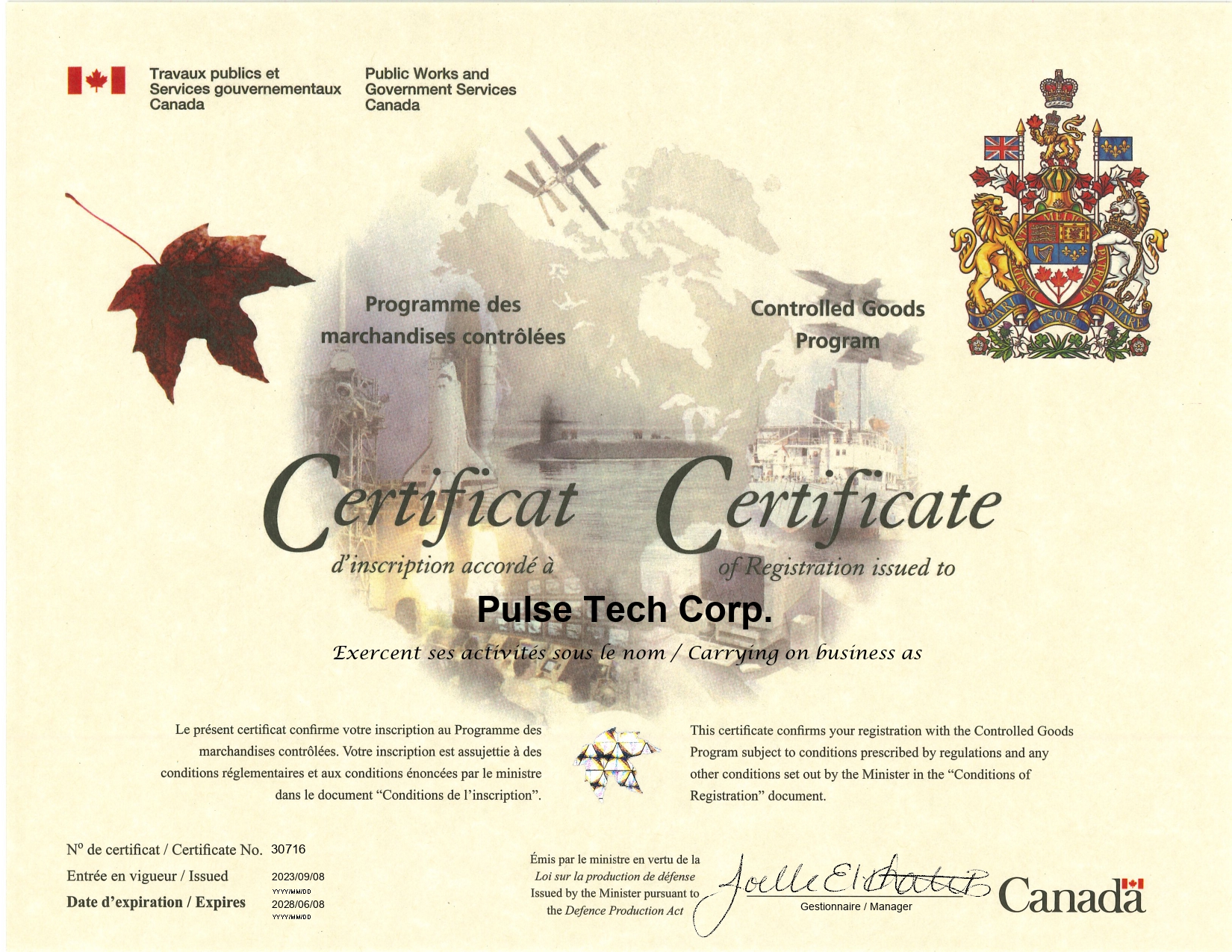Cybersecurity Ottawa
In today’s digital age, the threat landscape is continually evolving, with ransomware emerging as one of the most dangerous threats to businesses. Ransomware attacks, which involve hackers locking organizations out of their own systems and demanding payment to restore access, can cause catastrophic data loss and immense financial damage. One of the primary vectors for these attacks is email, making robust email security systems crucial for modern enterprises. In this blog, we will explore how an enterprise-grade email security platform can help prevent ransomware attacks, highlighting key cybersecurity ottawa features such as Data Loss Prevention (DLP), DomainKeys Identified Mail (DKIM), Multi-Factor Authentication (MFA), spam filters, and other advanced security measures.
Understanding the Risk
Email is a common entry point for Cybersecurity Ottawa threats because it directly connects external entities with internal systems. Phishing attacks—wherein attackers trick employees into opening malicious attachments or clicking on harmful links—are especially prevalent. These tactics often lead to ransomware infiltrations, making a strong email security platform essential for protection.
Key Features of an Enterprise-Grade Email Security Platform.
- Data Loss Prevention (DLP): Data Loss Prevention is a set of tools and processes designed to ensure that sensitive information doesn’t leave the corporate network without authorization. DLP systems monitor, detect, and block the transmission of sensitive data in emails, whether in error or through malicious intent. By preventing the unauthorized sharing of data, DLP also helps mitigate the risk of malware being introduced to the system.
- DomainKeys Identified Mail (DKIM): DKIM is an email authentication method designed to detect email spoofing. It allows the receiver to check that an email claimed to have come from a specific domain was indeed authorized by the owner of that domain. This is crucial in preventing phishing emails that mimic legitimate addresses to spread malware, including ransomware.
- Multi-Factor Authentication (MFA): MFA adds an additional layer of security by requiring multiple forms of verification to gain access to an email account. This could include something you know (a password), something you have (a smartphone app to approve authentication requests), or something you are (biometric verification). MFA significantly reduces the risk of compromised credentials being used to access corporate email systems and deploy ransomware.
- Spam Filters: Advanced spam filters use sophisticated algorithms to detect unsolicited, unwanted, and virus-laden emails. They block these emails from reaching user inboxes, which reduces the risk of accidental clicks on malicious links that could lead to ransomware infections.
- Advanced Threat Protection (ATP): ATP encompasses a variety of techniques and solutions designed to detect and prevent new and sophisticated email threats. This includes scanning email attachments and links for malware, sandboxing (testing in a safe environment), and threat intelligence, which uses global cybersecurity insights to improve defenses.
- User and Entity Behavior Analytics (UEBA): UEBA uses machine learning to understand normal user behaviors and detect anomalies that could indicate threats, such as unusual access patterns or large file downloads. This can be particularly useful in identifying and responding to a ransomware attack in progress.
- Endpoint Detection and Response (EDR): Integrating EDR with email security ensures that any malicious activity detected through email can be immediately isolated and contained at the endpoint level, preventing the spread of ransomware across the network.
Implementing a Robust Email Security Strategy.
To effectively protect against ransomware via email threats, enterprises should deploy a multi-layered security strategy that includes all the above features. It’s also crucial for businesses to keep these systems up to date against the latest threats and to conduct regular Cybersecurity Ottawa training with their employees. Awareness and education are key in recognizing phishing attempts and malicious emails.
In conclusion, as ransomware tactics grow more sophisticated, so must our defenses. An enterprise-grade email security platform equipped with advanced features like DLP, DKIM, MFA, spam filters, ATP, UEBA, and EDR is essential in building these defenses, helping protect businesses from potentially devastating ransomware attacks. By investing in comprehensive email security, companies can safeguard their data, protect their financial assets, and maintain their reputation among clients and partners.
For any questions:
Please get in touch by Phone : 905-488-5400 or
by E-mail : sales@pulsetech.ca
or fill the form below and we will connect back to you.



